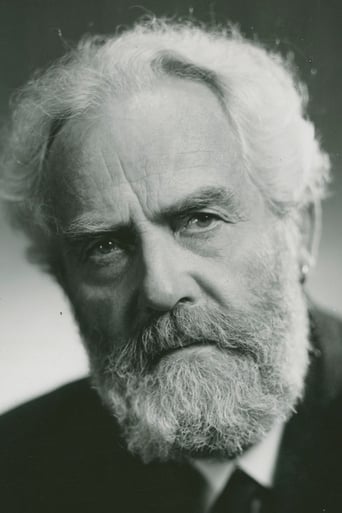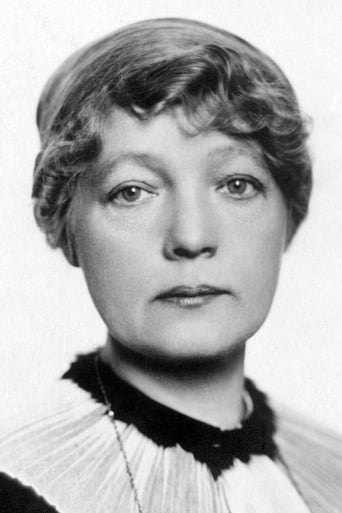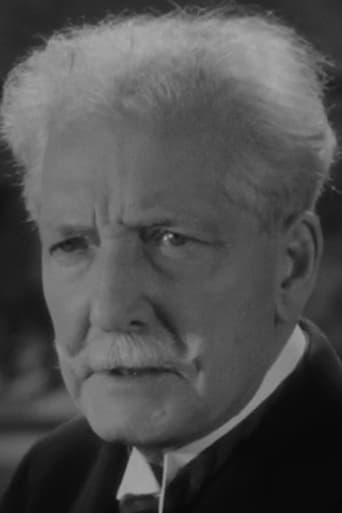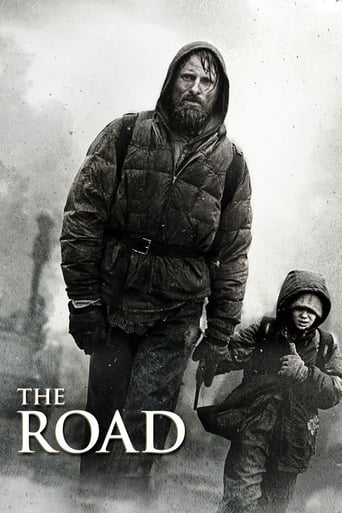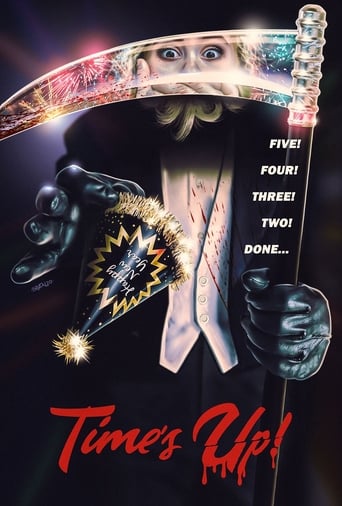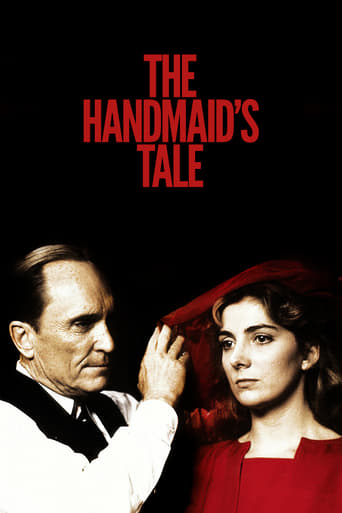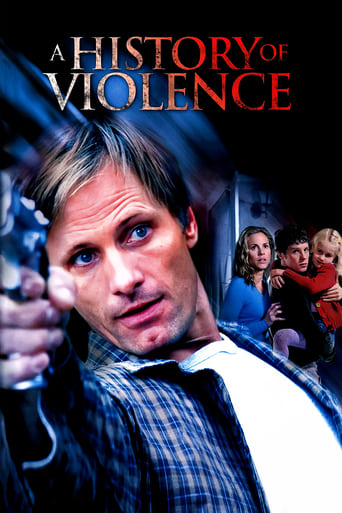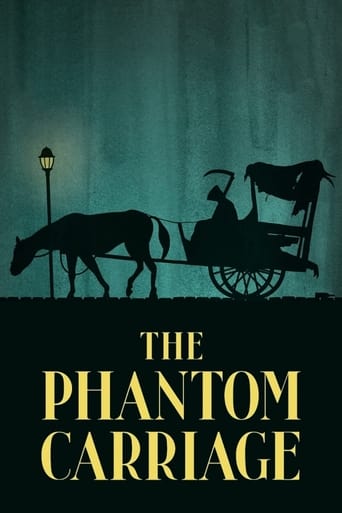
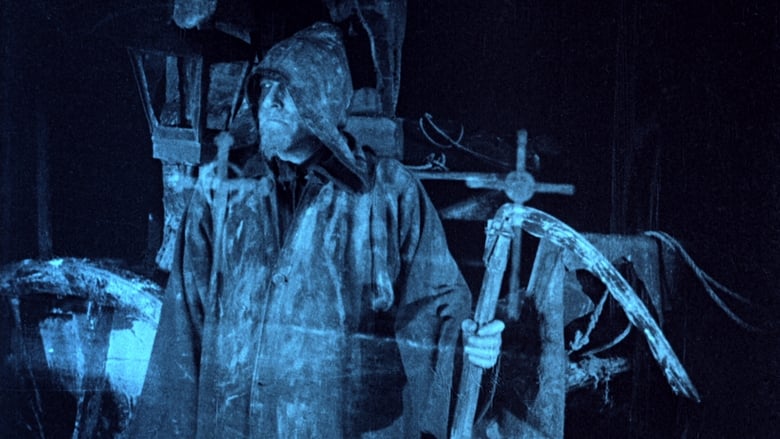
The Phantom Carriage (1922)
An alcoholic, abusive ne'er-do-well is shown the error of his ways through a legend that dooms the last person to die on New Year's Eve before the clock strikes twelve to take the reins of Death's chariot and work tirelessly collecting fresh souls for the next year.
Watch Trailer
Cast
Similar titles
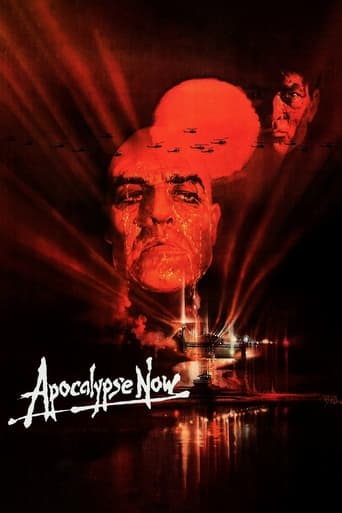
Reviews
You won't be disappointed!
Just perfect...
All of these films share one commonality, that being a kind of emotional center that humanizes a cast of monsters.
One of the film's great tricks is that, for a time, you think it will go down a rabbit hole of unrealistic glorification.
A perfect fit within the sub-genre of "Holiday Films Where the Lead Character Must Examine His Life in Some Unique Way in Order to Right Some Wrongs" (Christmas Carol, It's a Wonderful Life). This is a delicious and retributively satisfying portrayal of pure human wickedness. Told non-sequentially, we see a recently deceased, despicable man learn why he's been cursed to drive a death-cart for a year. An experimental and ahead-of-it's-time tale that uses brilliant early effects to great storytelling purpose.
Experiencing THE PHANTOM CARRIAGE in the wee hours of new year's morning was as haunting as advertised. The film is nothing if not a technical accomplishment in visual storytelling and uses everything from translucent super-impositions, multiple-exposures, colour-tinted photography to create some stunningly unsettling imagery. The relatively straight-forward supernatural account is told through a complex series of meandering flashbacks and eventually works like morality tale much like Dickens' A Christmas Carol. My viewing pleasure was further elevated by the spectacularly moody experimental score by KTL - creepy, uninhibited, atmospheric that brilliantly complements the eerie visuals. Matti Bye's orchestral score is more conventionally buoyant and might get a tad overbearing at times.Going in I was aware of Bergman's reverence for TPC and the impact it had on some of his more famous works particularly THE SEVENTH SEAL and WILD STRAWBERRIES but had absolutely no clue that it also served as the inspiration for the famous "Here's Johnny" sequence in THE SHINING! THE PHANTOM CARRIAGE is one of the best advertisements of early, inventive bag-of-tricks film- making and necessary recounting of one of the most important life lessons - Not getting killed on New Year's Eve ;)
"The Phantom Carriage" (known as "Körkarlen," or "The Wagoner" in Sweden) opens with a young woman dying in a convent on New Year's Eve in remote Sweden. Meanwhile, David Holm, the man she repeatedly asks to be sent to her bedside, is getting drunk in a cemetery; he dies that evening, and is plunged into an odyssey in which he is taken by a phantom carriage. The carriage is driven by his former friend, who was, in accordance with folkore, forced to drive the grim reaper's carriage for the entire year due to having been the last person on earth to die before the dawn of the new year.Though lauded by most all who have seen it, "The Phantom Carriage" is surprisingly less-known than one may think it would be, especially considering it was the film that influenced Ingmar Bergman to become a filmmaker. In Sweden, it is deservedly heralded as a national classic. It is a seasonal film in that it takes place on the New Year's Eve holiday, a pivotal theme for the film. In many ways, it operates as something of a macabre relative to Charles Dickens' "A Christmas Carol," possessing similar levels of rumination on death, despair, and the human condition. It is a considerably darker story, however, and has more in common with the horror and fantasy genres than "A Christmas Carol."A great deal of the praise for the film has centered on its cinematography, which is absolutely deserved. It's beautifully photographed, from the sepia-toned interior scenes to the icy blue outdoor sequences; the chilly Swedish countryside is captured hauntingly, and the shifting colors indicating the multiple time frames is effective. The special effects, though simplistic, have also been a major point of interest, as it is one of the earliest films to feature such sophisticated use of double-exposure that is still impressive and visually compelling to this day. Visual elements aside, the film is also just narratively sophisticated, and weaves an intricate and thematically rich plot in spite of its silent format.Overall, "The Phantom Carriage" is one of silent cinema's greats. It's visually stunning and loaded with compelling and haunting images, but it's also sophisticated merely in terms of storytelling. A great, somewhat more sinister pairing with "A Christmas Carol," fitting for a cold night in late December. 10/10.
'The Phantom Carriage' is a very well known silent film which ended up massively influencing huge cinematic stalwarts like Ingmar Bergman and Stanley Kubrick to name a few. Written and directed by Victor Sjöstrom, the film is based on a book of the same name written by Selma Lagerlöf which itself was based on Swedish fairy tales. Sjöstrom himself played the lead character, David Holm.When talking about the themes of 'The Phantom Carriage', I think the first element that has to be addressed is that the film is at its core, essentially engulfed by Christian ideals and principles. The story is about the redemption of a sinner. David Holm is not at all a character who is likable. He is a drunk jerk, a person who refuses to mend his ways no matter what, a person who forces his family to pay for the consequences of his recklessness. However there are glimpses of his humanity scattered in parts in the film. Sjöstrom doesn't shy away from showing that the habit of self- destruction is not something that you can get rid of very easily. There are multiple occasions where others remind him of the man he used to be in order to force him to change his ways. But time and again we see him dismiss their efforts and resort back to his vile, disrespectful and self-destructive ways. There is a scene in the film where Holm is crying and he says that no one wants to believe that he can change and so he can't help but cry. I think this line was used by Sjöstrom as an ironic statement. Sjöstrom wants to imply that it is not others but Holm himself who doesn't want to believe that he can change and go back to being the man he was because he has lost all his faith in life and himself. The idea being advocated here I think is that no matter how much others try, in the end it's only you and your self-realisations that can change your nature. The character of David Holm really reminded me of the titular character played by Harvey Keitel in Abel Ferrara's 'Bad Lieutenant' which was another film dealing with the Christian ideas of redemption. The similarities in the two characters lie in their constant refusal to change and redeem themselves due to a probable lack of faith in their own selves and God. I also loved how the character of Holm goes from the Faust who gets turned to the dark side by the Mephistopheles Georges to becoming the one who himself entices others to the 'pleasures' of alcohol consumption.The basic plot has similarities with the story structure of Dickens' 'A Christmas Carol' and also with 'It's a Wonderful Life'. Much of the plot progresses with the help of flashbacks and Sjöstrom's screenplay very effectively shifts back and forth in time line. The acting also has to be really admired. Although there is usage of exaggerated expressions as was unavoidable in the silent era, there are also some precious moments of subtlety. Sjöstrom, Hilda Borgström and Astrid Holm are the three actors whose performances impressed me the most. Sjöstrom's direction is very assured. His frame compositions are great. There are some extremely haunting shots and images in the film like the extended shot of Mrs.Holm entering the Edit's room or the shot of Mrs.Holm standing with the kids on the pavement while David in his drunken state is lying at her feet, etc. to name a few. The quality of the double exposures to depict the ghostly carriage and spirits was also impressive and gave the scenes the eerie vibe they needed. The soundtrack works well to express the sorrowful spirit of the film.While watching the film I could easily notice how Bergman and Kubrick were inspired by this. The depiction of the grim reaper here must have been an influence for the character of Death in 'The Seventh Seal' and this plot structure of someone looking back at his life to realise the faults of his ways can be seen in Bergman's classic 'Wild Strawberries' where Bergman intentionally cast Sjöstrom in the lead role. When it comes to Kubrick, anyone who has seen 'The Shining', will easily notice the way this film influenced him.I thoroughly enjoyed 'The Phantom Carriage'. The film works as a cautionary tale about the consequences of selling yourself to the bottle and also as a character study based in the ideas of redemption. This is undoubtedly one of the great films from the silent era.
